Features
Interview: Bergantino Audio Systems Welcomes Dave Hope to Family of Artists
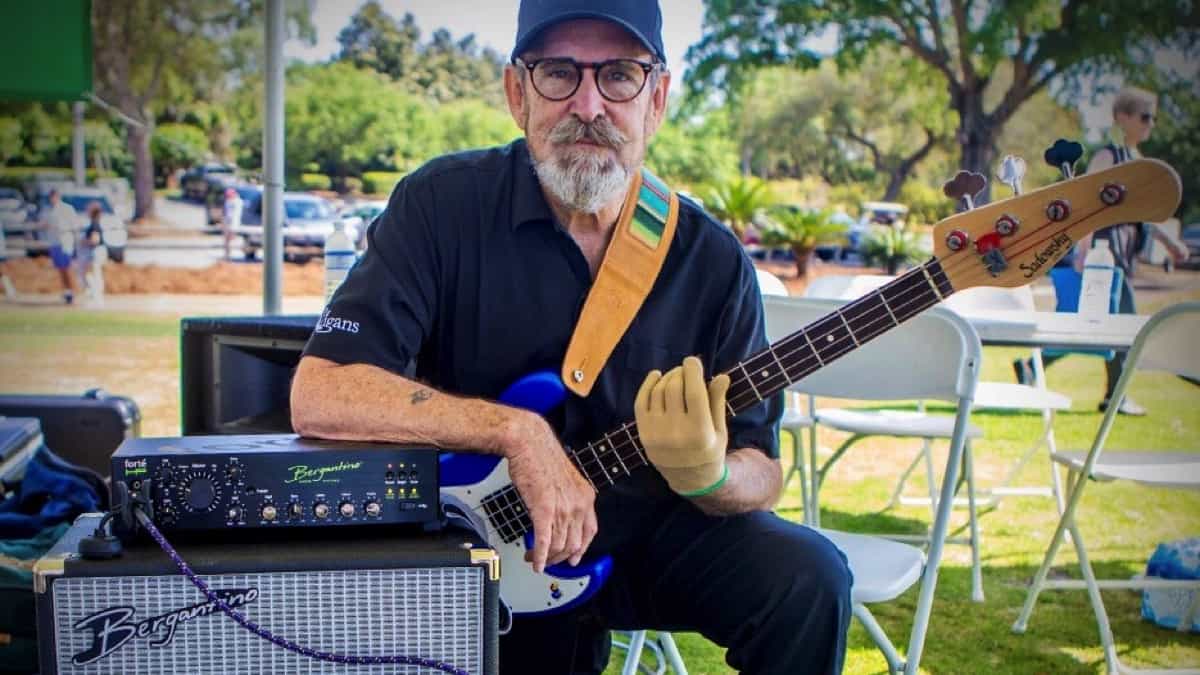
Bergantino Audio Systems is proud to welcome Dave Hope to their family of artists…
Check out this Dave Hope Interview with Bergantino’s Lee Presgrave:
Dave Hope should need no introduction, but just in case you’re a young whippersnapper and haven’t been introduced to his work, I’ll give you some thoughts. An industry icon and founding member of Kansas, Dave and his band of misfits, from the middle of the US, created, that’s right, created a genre of music. Refusing to be pigeonholed into a specific category, they combined elements of jazz, rock and operatic anthems. The band blazed a trail for many more who follow to this day.
Dave’s task on bass played an immense role in the band’s success by marrying Kansas’ complex melodies into one, cohesive wall of sonic greatness with texture, creative dissidence, and legendary hooks and riffs, all with mind-blowing vocal harmonies. Kansas was truly ahead of its time.
I got the chance to “virtually” sit down with the man himself, Mr. Dave Hope, and ask him a few questions. Please enjoy this as much as I did.
Dave, it is an absolute honor. What would you like to share about your experience in the music industry for so many years?
For me personally, when I look back at the years in Kansas, the awards and being on stage never crosses my mind. What I value now was the opportunity to experience success and to tour the world with my friends from high school. Who gets to do that?
I can remember playing our first encore at Madison Square Garden, and saying to Rich before we went back on, “This is crazy. What are we doing here? We’re just some rubes from Topeka!”
What I experienced in the music industry could be summed up in our yearly schedule we did for ten years in a row. Nine months of constant touring. One month of working up an album from scratch. One month to record the album. The last month was divided into different four- to five-day breaks throughout the year. I never saw the industry part, but I’m an expert on Holiday Inn rooms.
How has the role of the electric bass guitar changed in regard to how it is utilized in the song?
Technically, the players I see on YouTube are much better than in my day. Yet even though I hear better licks, I do not hear better constructed bass parts. It was much more of a team/band mindset, rather than an instruction video/solo mindset then. Growing up, bass was only heard within the context of a band.
Personally, I admire any person who can play a Cello Suite by Bach on bass, but I also find it an extremely tedious to listen to. I want to hear great bass parts, not bass licks and exercises.
Where do you see the instrument going into the next decade?
Oddly enough, where I hear some of the freshest approaches to playing bass is from the women’s sector. I love how Tina Weymouth or Laura Lee and many others, have gone back to the bare bones of constructing a solid bass line. I only listen to players within a band context. So, the male players I admire most are along the lines of Joe Dart or Stephen Campbell.
One reason I believe there are more women playing bass is because basses now play much better and the amps are lighter. Very weighty basses and 300-pound SVT rigs were not possible for most women in the 1960s and 70s.
Personally, I do not believe in the mystic of the vintage instrument. I almost had to beat my 60s P basses into submission to get certain tones from them. My mid-priced Sadowsky is superior to any of the many classic basses I’ve owned.
I’ve never missed any of those old basses and neither does my arthritis.
Do you still play bass regularly?
When I first touched a bass in 1965, I had one goal: how can I do this forever?
Fortunately, God has blessed me in that I have always had a musical outlet. I am currently playing with a band called The Mulligans. We are a group of old coots who play 60s and 70s hits. It’s a lot of fun and very similar to being back in a high school group again. There’s nothing like going deaf with friends.
Tell us about your studio setup for recording the iconic album, Leftoverture.
There were just not that many options or toys to play with in the studio back then. The hot studio setup back then would have been a Neve board, Studer tape machines, and McIntosh tube power amps.
My memory of recording was of sitting in the control room and using the playback speakers as my monitor because I don’t like headphones. Ninety percent of my bass was just a DI into the board with a little compression.
The bass world at that time was void of any foot pedals that sounded good. So I have no recollection of using any effects while recording, they just didn’t exist outside of the studio board. Our recording process was to first get down a keeper drum track, and build from there. Phil usually cut his drum tracks to just a reference guitar or piano with me on bass. Sometimes Steve would sing during the verses so we could tell where we were.
Then, I would sit in the boardroom and play to just the reference/scratch track and “keeper” drum tracks. Studios were not my favorite places to make music, because I could never come close to warming up like I did live (and I’m hopelessly antsy). I can never remember walking away from a studio feeling like I just laid a great bass part. I mostly walked away with a sigh of relief thinking, “At least I didn’t screw it up too badly.”
This was mainly because after the first album, our yearly schedules were something like this: We would come off ten months touring, take a two-week break and then have to get back at it. We only had a month to work up an entire album up from scratch before we went into the studio. So, we hardly knew the songs more than a few weeks or even days before recording them.
We did not build songs from scratch in the studio. What I always felt set Kansas apart from most other “prog” groups (that term didn’t exist then), was not only could we play the highly orchestrated stuff, and also weave in and out of weird time signatures fairly fluently, but we could also turn around and do straight up rock and roll songs like, “Carry On.”
We admired/loved the British groups like Yes, Genesis and King Crimson, but none of those groups, to my knowledge, could just play a straight-up rock song. We never avoided any style because we were fairly apt in all of them.
When Kansas started playing some of the bigger venues (arenas, stadiums), tell us about some of your favorite live rigs from back then.
I started this evolution of rigs back in the club days. As a foundation, I always kept an SVT amp and its 810 cab as half my rig, but I kept experimenting with the other half.
First, I put an acoustic 360 and patched it together with the SVT half. That was too powerful on the bottom end; it was hard to hold down. Then, I got my hands on a used Marshall 415 bottom with a 200w Marshall Major head. This one was the best of the lab experiments. It had that deep scooped sound with that Marshall grunt. (Sounds like me and my dog “grunt and scoop.”)
Then, the stupid musician looking for the euphoric amp took over, and I ditched the Marshall. My third experiment was a Sound City 412 with a Sound City head. It didn’t have the headroom. By the time I got it loud enough to compete with the SVT tone I liked, it went way “farty” (technical bass term) on me. These were rigs that I used on stage during my club on throughout our theater-size concert days. Once we hit the arenas, the bass was a joke in those days.
What led you to find Bergantino gear?
After I left the priesthood five years ago, I found the whole bass world had drastically changed since leaving Kansas in 1983. So, as I gathered online information about what the quality players were using, Bergantino was a name that kept popping up. I live in a tourist trap, in the panhandle of Florida, so our music store can only afford to stock the basics. I took a leap of faith and ordered a forté HP.
The first minute I messed with it, I knew this amplifier was a thoroughbred, rather than a work horse. I kind of hesitated when I learned Jim was an engineer rather than a player because engineers usually build amps that come with an owner’s manual the size of a telephone book. I found this a very easy amp to figure out. I’ve never understood owner’s manuals; the options to nail the right tone are vast. I’m loving my forté HP and
my highest compliment is that at the age of 71, for the first time in my life, I am not in the market for an amplifier or a bass! I now have the best of both for my needs.
Anything you’d like to share with your fans?
To bass players, I would say, don’t get caught up in one genre. Try and learn some very basic theory. I never played a chord instrument until I was out of Kansas, only trumpet and tuba. I will also pick up guitar for church, and it definitely adds a depth to my knowledge of bass. Also, learn the modes and you will learn the neck. Yes, it’s somewhat boring, but you are also in the muscle memory business.
Personally, I think it’s essential you learn to play in a few odd-time signatures; try to learn “Song for America.” You might not ever use it, but it will strengthen your overall sense of rhythm.
But most of all, thank the good Lord for giving us the gift of music.
About Bergantino Audio Systems: Bergantino Audio Systems has been dedicated to developing and building the highest quality audio products and bass guitar amplification systems since 2001. Founder Jim Bergantino has worked in a number of fields in his career – from hi-tech electrical engineering to high-end hi-fi and the professional audio world. After designing custom bass cabinets for many other leading brands, he went out on his own to start Bergantino Audio Systems. We have received numerous accolades within the musical instrument industry and continue to look forward with our designs and our unique approach to developing products.
Features
Alberto Rigoni On Unexpected Lullabies
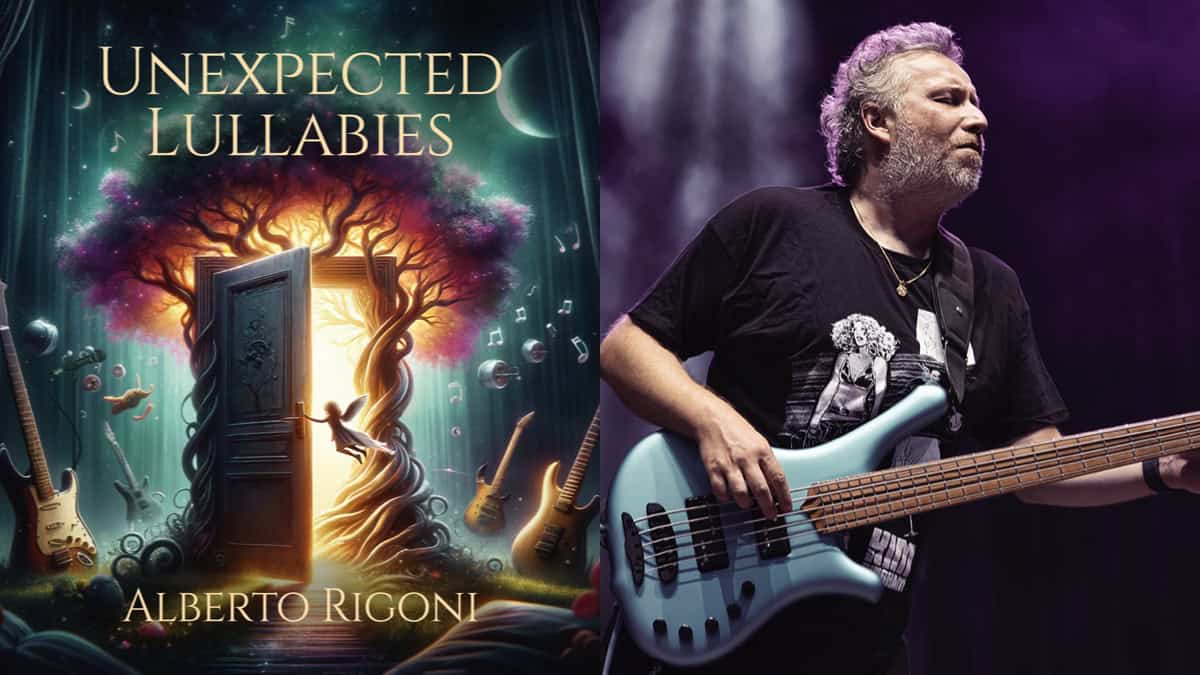
Readers have been fans of the composer, bass player, and Bass Musician contributor Alberto Rigoni for some time now.
In this interview, we had the opportunity to hear directly from Alberto about his love of music and a project near and dear to his heart, “Unexpected Lullabies”…
Could you tell our readers what makes your band different from other artists?
In 2005, I felt the urge to write original music. My first track was “Trying to Forget,” an instrumental piece with multiple bass layers (rhythm, solo, and arrangement), similar to the Twin Peaks soundtrack. When I played it for a few people, they really liked it, and I decided to continue composing based on my instinct and ear without adhering to any specific genre. In 2007, I released “Something Different” with Lion Music. The title says it all! Since then, I’ve released many solo albums, each different from the others, ranging from ambient to prog, fusion, jazz, and new age. I am very eclectic!
How did you get involved in this crazy world of music?
As a child, I listened to the music my parents enjoyed: my dad loved classical music, while my mom was into Pink Floyd, Genesis, Duran Duran, etc. These influences left a significant mark on my life. However, the turning point came at 15 when a drummer friend played me “A Change of Seasons” by Dream Theater, which was a shock! From that moment, I decided to play bass and cover Dream Theater songs, which I did for many years with my cover band, Ascra, until it disbanded in 2004. After that, I joined TwinSpirits (prog rock) led by multi-instrumentalist Daniele Liverani. Since then, I haven’t played any more covers!
Who are your musical inspirations, and what inspired the album and the songs?
My roots are in progressive rock metal, with influences from bands like Dream Theater, Symphony X, and many others. However, I listen to all genres and try to keep an open mind, which helps me compose original music. On bass, I was significantly inspired by Michael Manring and Randy Coven (bassist of Ark, Steve Vai, etc.). But I don’t have a real idol; I just follow my own path without compromise.
What are your interests outside of music?
Living in Italy, I love good food and wine! Beyond that, I have a deep interest in art in general and history, not just of my country. I enjoy spending time with friends, skiing, biking, and walking in nature. This is how I spend my free time. The rest of my time is devoted to music and my family!
Tell us about the new album.
It is definitely an out-of-the-box album. When I found out last year that I was going to have a baby girl, I decided to compose a sort of lullaby album, but I didn’t want to cover already famous lullabies. So, I started composing new tunes with the goal of creating an album that was half-sweet and half-hard rock. I did include some covers like “Strangers in the Night” by Frank Sinatra, sung by Goran Edman, former lead singer of Malmsteen. It’s not exactly a lullaby, but I felt the lyrics fit the album, as does the instrumental version of “Fly Me to The Moon.” There are also tracks with just bass and piano (Nenia) or two basses (Vicky). It was definitely an interesting creative process!
What is the difference between the new album and your previous releases, and will there be any new material from your other outfit called BAD AS?
BAD AS is essentially a metal band with several influences including prog. My solo genre is quite different, although there are some metal songs on a few albums. It’s always difficult for me to categorize my music… let’s say it’s a mix of prog, ambient, fusion, and new age.
Where was the album recorded, who produced it, and how long did the process take?
I produced my last album entirely by myself, including mixing and mastering. Unlike other albums I’ve produced within a few months, this one took much longer, perhaps because I was very busy or maybe because I wanted it to be perfect for my daughter, who is now three months old. In any case, I am satisfied. Once again, I did something different from my previous albums.
What is the highlight of the album for you and why?
My favorite song is the first track titled “Vittoria,” named after my daughter. It’s the intro to the record and isn’t very long, but the melody stuck in my head. Another standout track is the instrumental version of “Fly Me to The Moon” by Frank Sinatra, where I used fretless bass. The first part is sweet, the second part definitely rocks!
How are the live shows going, and what are you and the band hoping to achieve?
With BAD AS, this year we shared the stage with David Ellefson’s (former Megadeth bassist) band and talented young singer Dino Jelusik (White Snake). We plan to continue performing all over Europe!
What’s in store for the future?
I am working on an instrumental project called Nemesis Call, a progressive shred prog metal album with various influences. It will feature guest appearances from famous musicians like drummers Mike Terrana and Thomas Lang, as well as young talents like Japanese guitarist Keiji from Zero (19), 14-year-old Indian drummer Sajan Young, and guitarists Alexandra Zerner and Alexandra Lioness, Hellena Pandora. It’s scheduled for release at the end of the year or early 2025. As an independent artist, I have launched a fundraising campaign with exclusive pledges at www.albertorigoni.net/nemesiscall. And no, I am not begging; the album will be released anyway!
What formats is the release available in?
Unexpected Lullabies is available both as a Digipack CD and on streaming platforms.
What is the official album release date?
June 4th, 2024.
Thanks for this interview Bass Musician Magazine and for the continued support to my career!
Visit Online:
www.albertorigoni.net
www.youtube.com/albertorigoni
albertorigoni.bandcamp.com
www.instagram.com/albertorigonibassplayer
www.facebook.com/albertorigonimusic
www.tiktok.com/@albertorigonibassist
CD Track Listing:
1. Vittoria
2. Fly Me to the Moon
3. Azzurra
4. Dancing with Tears in My Eyes (feat. John Jeff Touch)
5. Out of Fear
6. Veni Laeatitia (feat. Alexandra Zerner)
7. Nenia
8. Slap Lullaby (feat. Karl Clews)
9. Saga
10. Vicky (feat. Michael Manring)
11. Ocean Travelers (feat. Vitalij Kuprij)
12. Strangers in the Night (feat. Göran Edman)
13. Peaceful
14. Un uomo che voga (feat. Eleonora Damiano)
Band Line-Up:
- Tommaso Ermolli arrangements on “Vittoria”
- Sefi Carmel on “Fly Me to the Moon” (Cover) (except for the keyboard solo by Alessandro Bertoni)
- Piano and keyboards by Alessandro Bertoni on “Azzurra”
- Leonardo Caverzan, guitars, and John Jeff Touch, vocals on “Dancing with Tears in my Eyes” (Cover)
- T. Ermolli keys on “Out of Fear”
- Alexandra Zerner everything on “Veni Laetitia”
- Daniele Bof piano on “Nenia”
- Karl Clews, piccolo bass on “Slap Lullaby”
- Jonas Erixon vocals and guitars on “Saga”
- Michael Manring bass on “Vicky”
- Vitalij Kuprij, keyboards and piano, and Josh Sapna, guitars, on “Ocean Traveler”
- Göran Edman, vocals, Emiliano Tessitore, guitars, Emiliano Bonini, drums, on “Strangers in the Night” (Cover) everything by Alberto Rigoni and vocals by Federica “Faith”
- Sciamanna on “Peaceful”
- T. Ermolli, guitars, and Eleonora Damiano, vocals, on “Un uomo che voga All drums programmed by Alberto Rigoni
Bass Books
Interview With Barker Bass’s Inventor and Writer Lee Barker
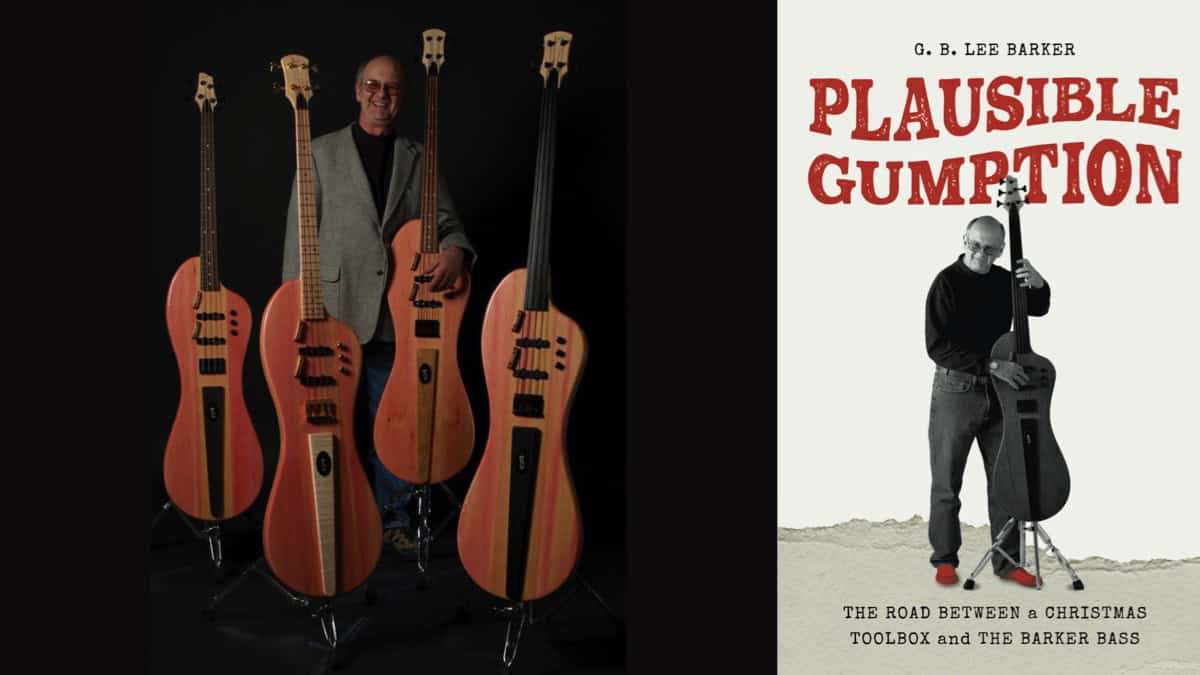
If you are an electric bass player, this is an exciting time to be alive as this relatively new instrument evolves around us. Some creative individuals have taken an active role in this evolution and made giant leaps in their own direction. Lee Barker is one of these inventive people having created the Barker Bass.
Fortunately, Lee is also an excellent writer (among so many talents) and has recently released his book “Plausible Gumption, The Road Between a Christmas Toolbox and The Barker Bass”. This book is a very fun read for everyone and shares a ton of details about Lee’s life in general, his experiences as a musician, a radio host, and a luthier. Now I am fortunate to have the great opportunity to gain even more insights into this renaissance man with this video interview.
Plausible Gumption, The Road Between a Christmas Toolbox and The Barker Bass is available online at Amazon.com
Features
Bergantino Welcomes Michael Byrnes to Their Family of Artists
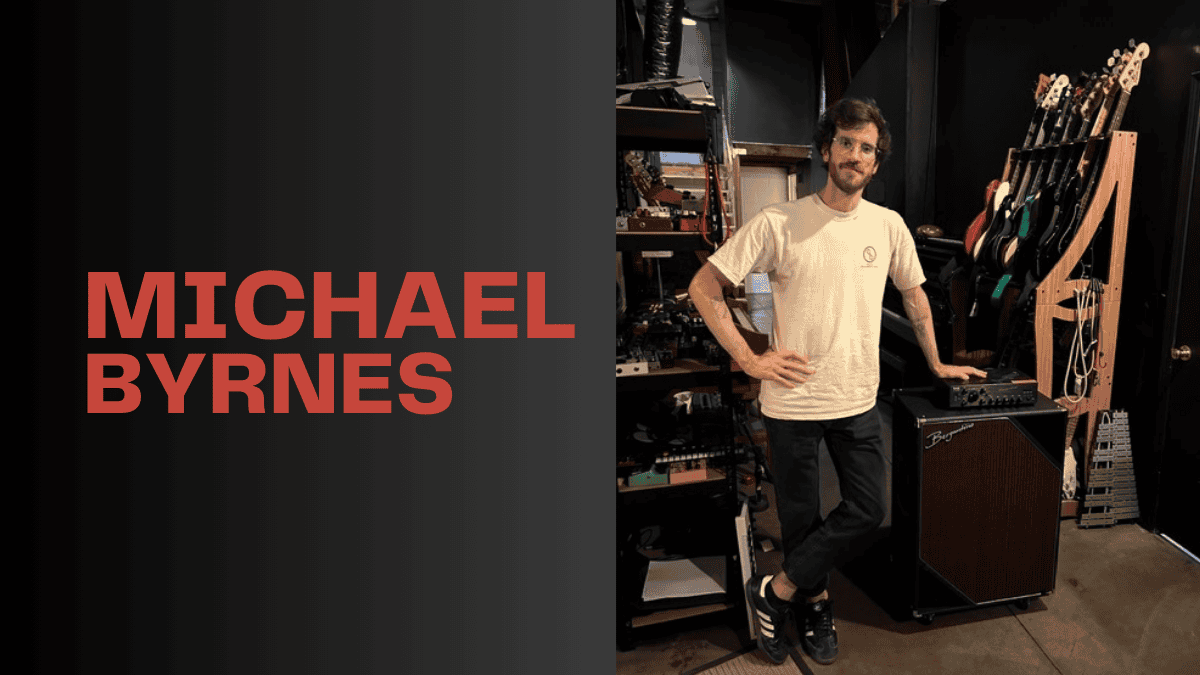
Interview and photo courtesy of Holly Bergantino of Bergantino Audio Systems
With an expansive live show and touring, Mt. Joy bassist Michael Byrnes shares his experiences with the joyful, high-energy band!
Michael Byrnes has kept quite a busy touring schedule for the past few years with his band, Mt. Joy. With a philosophy of trial and error, he’s developed quite the routines for touring, learning musical instruments, and finding the right sound. While on the road, we were fortunate to have him share his thoughts on his music, history, and path as a musician/composer.
Let’s start from the very beginning, like all good stories. What first drew
you to music as well as the bass?
My parents required my sister and I to play an instrument. I started on piano and really didn’t like it so when I wanted to quit my parents made me switch to another instrument and I chose drums. Then as I got older and started forming bands there were never any bass players. When I turned 17 I bought a bass and started getting lessons. I think with drums I loved music and I loved the idea of playing music but when I started playing bass I really got lost in it. I was completely hooked.
Can you tell us where you learned about music, singing, and composing?
A bit from teachers and school but honestly I learned the most from just going out and trying it. I still feel like most of the time I don’t know what I am doing but I do know that if I try things I will learn.
What other instruments do you play?
A bit of drums but that’s it. For composing I play a lot of things but I fake it till I make and what I can’t fake I will ask a friend!
I know you are also a composer for film and video. Can you share more
about this with us?
Pretty new to it at the moment. It is weirdly similar to the role of a bass player in the band. You are using music to emphasize and lift up the storyline. Which I feel I do with the bass in a band setting. Kind of putting my efforts into lifting the song and the other musicians on it.
Everybody loves talking about gear. How do you achieve your “fat” sound?
I just tinker till it’s fat lol. Right now solid-state amps have been helping me get there a little quicker than tube amps. That’s why I have been using the Bergantino Forté HP2 – Otherwise I have to say the cliche because it is true…. It’s in the hands.
Describe your playing style(s), tone, strengths and/or areas that you’d like
to explore on the bass.
I like to think of myself as a pretty catchy bass player. I need to ask my bandmates to confirm! But I think when improvising and writing bass parts I always am trying to sneak little earworms into the music. I want to explore 5-string more!
Who are your influences?
I can’t not mention James Jamerson. Where would any of us be if it wasn’t for him? A lesser-known bassist who had a huge effect on me is Ben Kenney. He is the second bassist in the band Incubus and his playing on the Crow Left the Murder album completely opened me up to the type of bass playing I aspire towards. When I first started playing I was really just listening to a lot of virtuosic bassists. I was loving that but I couldn’t see myself realistically playing like that. It wasn’t from a place of self-doubt I just deep down knew that wasn’t me. Ben has no problem shredding but I was struck by how much he would influence the song through smaller movements and reharmonizing underneath the band. His playing isn’t really in your face but from within the music, he could move mountains. That’s how I want to play.
What was the first bass you had? Do you still have it?
A MIM Fender Jazz and I do still have it. It’s in my studio as we speak. I rarely use it these days but I would never get rid of it.
(Every bass player’s favorite part of an interview and a read!) Tell us about
your favorite bass or basses. 🙂
I guess I would need to say that MIM Jazz bass even though I don’t play it much. I feel connected to that one. Otherwise, I have been playing lots of great amazing basses through the years. I have a Serek that I always have with me on the road (shout out Jake). Also have a 70’s Mustang that 8 times out of 10 times is what I use on recordings. Otherwise, I am always switching it up. I find that after a while the road I just cycle basses in and out. Even if I cycle out a P bass for another P bass.
What led you to Bergantino Audio Systems?
My friend and former roommate Edison is a monster bassist and he would gig with a cab of yours all the time years ago. Then when I was shopping for a solid state amp the Bergantino Forté HP2 kept popping up. Then I saw Justin Meldal Johnsen using it on tour with St. Vincent and I thought alright I’ll give it a try!
Can you share a little bit with us about your experience with the Bergantino
forte HP amplifier? I know you had this out on tour in 2023 and I am pretty
certain the forte HP has been to more countries than I have.
It has been great! I had been touring with a 70’s SVT which was great but from room to room, it was a little inconsistent. I really was picky with the type of power that we had on stage. After a while, I thought maybe it is time to just retire this to the studio. So I got that Forte because I had heard that it isn’t too far of a leap from a tube amp tone-wise. Plus I knew our crew would be much happier loading a small solid state amp over against the 60 lbs of SVT. It has sounded great and has really remained pretty much the same from night to night. Sometimes I catch myself hitting the bright switch depending on the room and occasionally I will use the drive on it.
You have recently added the new Berg NXT410-C speaker cabinet to your
arsenal. Thoughts so far?
It has sounded great in the studio. I haven’t gotten a chance to take it on the road with us but I am excited to put it through the paces!
You have been touring like a madman all over the world for the past few
years. Any touring advice for other musicians/bass players? And can I go to Dublin, Ireland with you all??
Exercise! That’s probably the number one thing I can say. Exercise is what keeps me sane on the road and helps me regulate the ups and downs of it. Please come to Dublin! I can put you on the guest list!
It’s a cool story on how the Mt. Joy band has grown so quickly! Tell us
more about Mt. Joy, how it started, where the name comes from, who the
members are and a little bit about this great group?
Our singer and guitarist knew each other in high school and have made music together off and on since. Once they both found themselves living in LA they decided to record a couple songs and put out a Craigslist ad looking for a bassist. At the time I had just moved to LA and was looking for anyone to play with. We linked up and we recorded what would become the first Mt. Joy songs in my house with my friend Caleb producing. Caleb has since produced our third album and is working on our fourth with us now. Once those songs came out we needed to form a full band to be able to do live shows. I knew our drummer from gigging around LA and a mutual friend of all of us recommended Jackie. From then on we’ve been on the road and in the studio. Even through Covid.
Describe the music style of Mt. Joy for me.
Folk Rock with Jam influences
What are your favorite songs to perform?
Always changing but right now it is ‘Let Loose’
What else do you love to do besides bass?
Exercise!
I always throw in a question about food. What is your favorite food?
I love a good chocolate croissant.
Follow Michael Byrnes:
Instagram: @mikeyblaster
Follow Mt. Joy Band:
Instagram: https://www.instagram.com/mtjoyband
Facebook: https://www.facebook.com/mtjoyband
Bass Videos
Artist Update With Mark Egan, Cross Currents
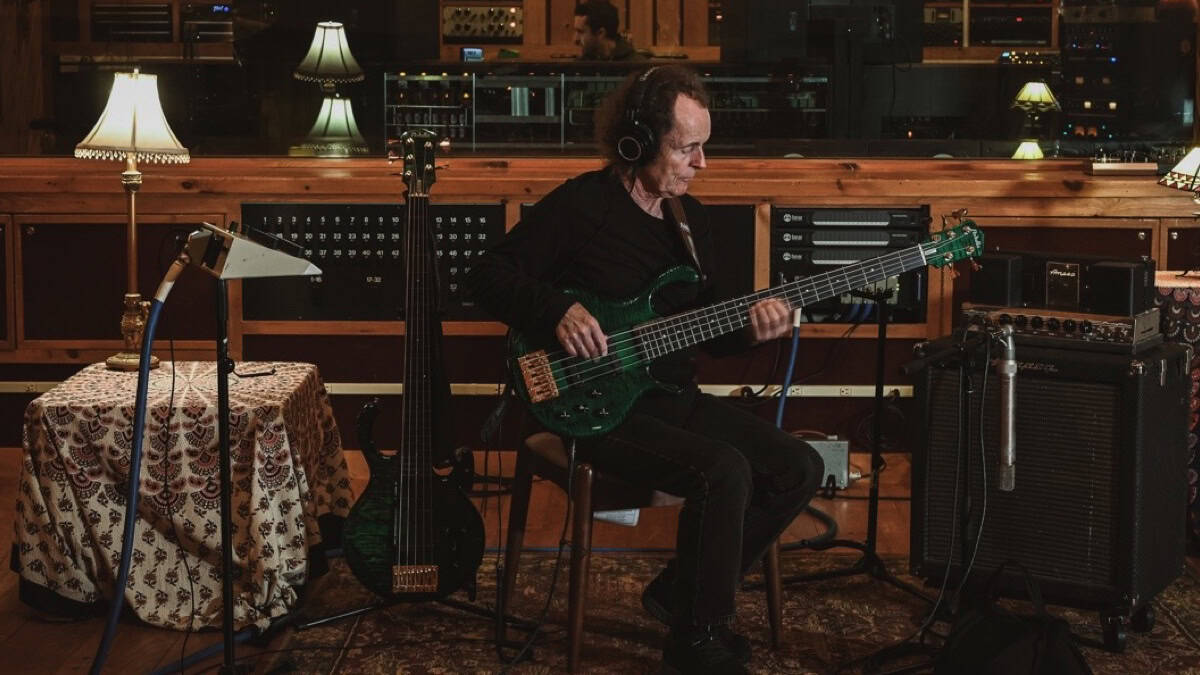
I am sure many of you are very familiar with Mark Egan as we have been following him and his music for many years now. The last time we chatted was in 2020.
Mark teamed up with drummer Shawn Pelton and guitarist Shane Theriot to produce a new album, “Cross Currents” released on March 8th, 2024. I have been listening to this album in its entirety and it is simply superb (See my review).
Now, I am excited to hear about this project from Mark himself and share this conversation with our bass community in Bass Musician Magazine.
Photo courtesy of Mark Egan
Visit Online:
markegan.com
markegan.bandcamp.com
Apple Music
Amazon Music
Bass Videos
Interview With By the Thousands Bassist Adam Sullivan
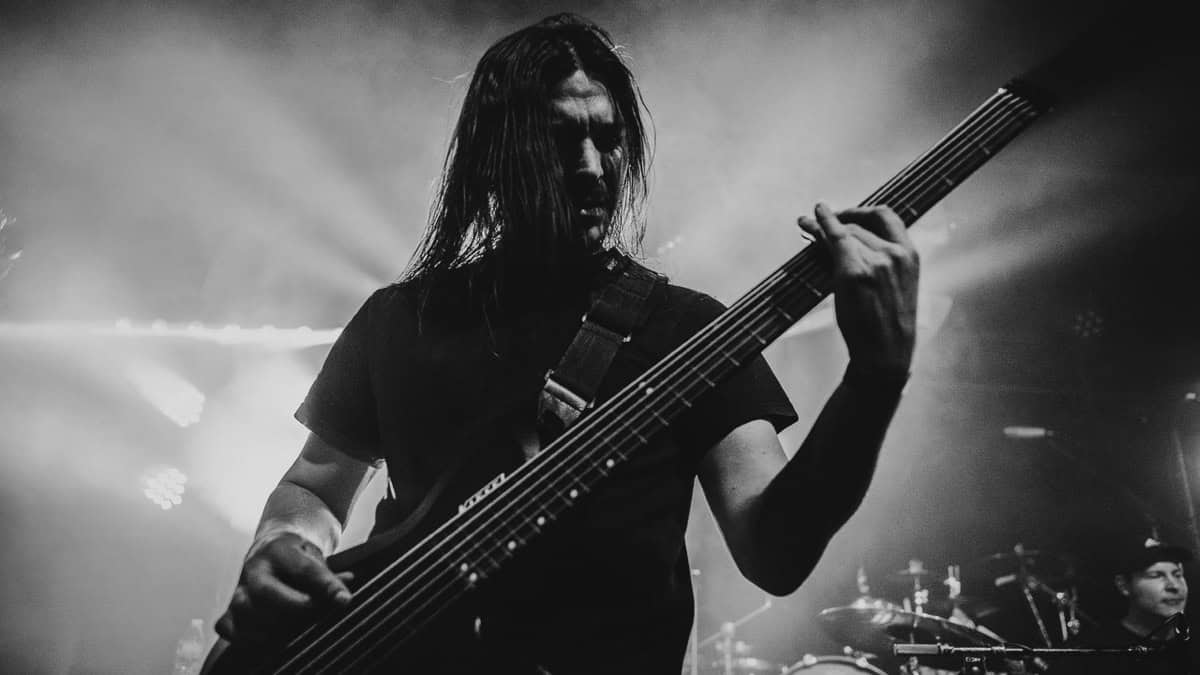
Bassist Adam Sullivan…
Hailing from Minnesota since 2012, By the Thousands has produced some serious Technical Metal/Deathcore music. Following their recent EP “The Decent”s release, I have the great opportunity to chat with bassist Adam Sullivan.
Join me as we hear about Adam’s musical Journey, his Influences, how he gets his sound, and the band’s plans for the future
Photo, Laura Baker
Featured Videos:
Follow On Social
IG &FB @bythethousands
YTB @BytheThousands











